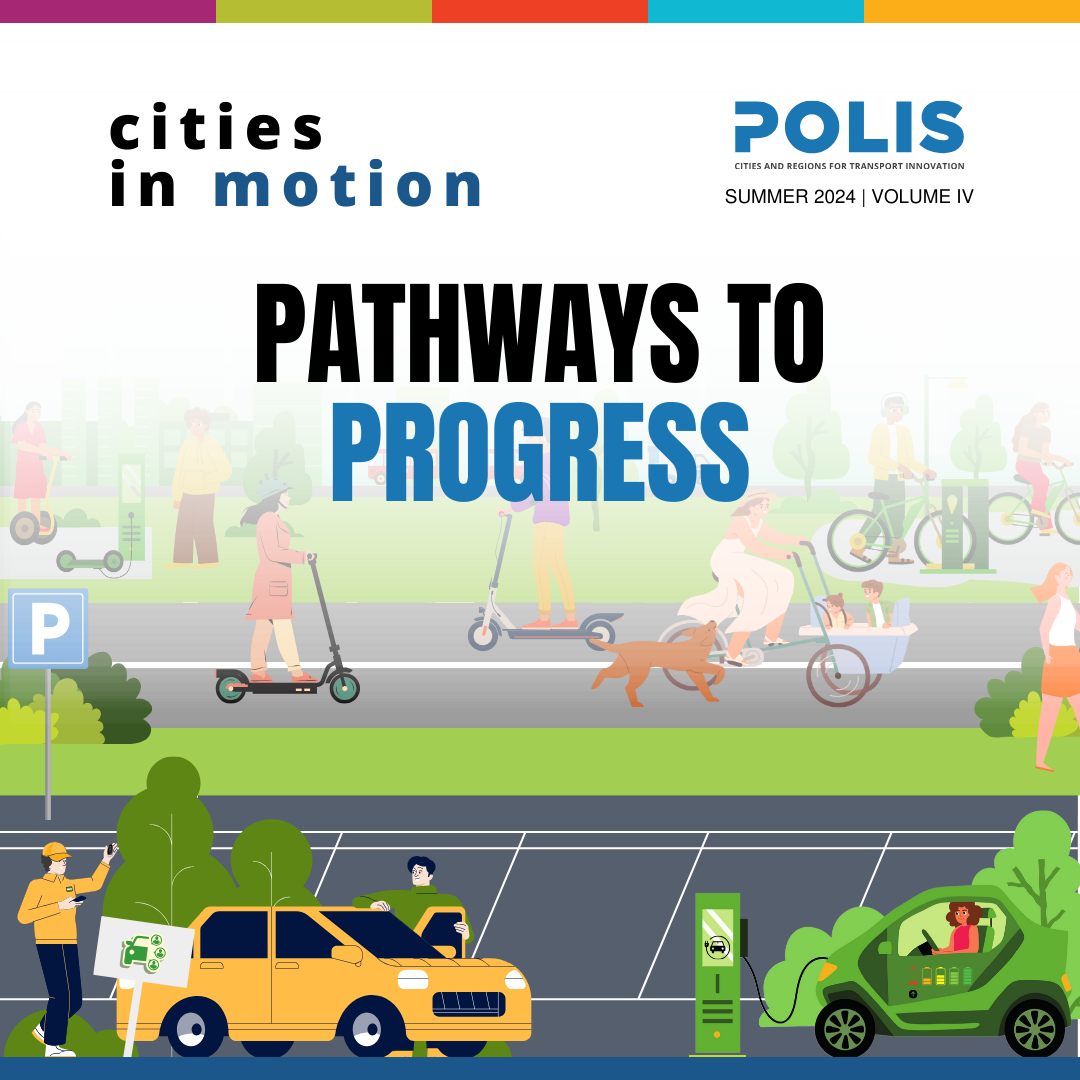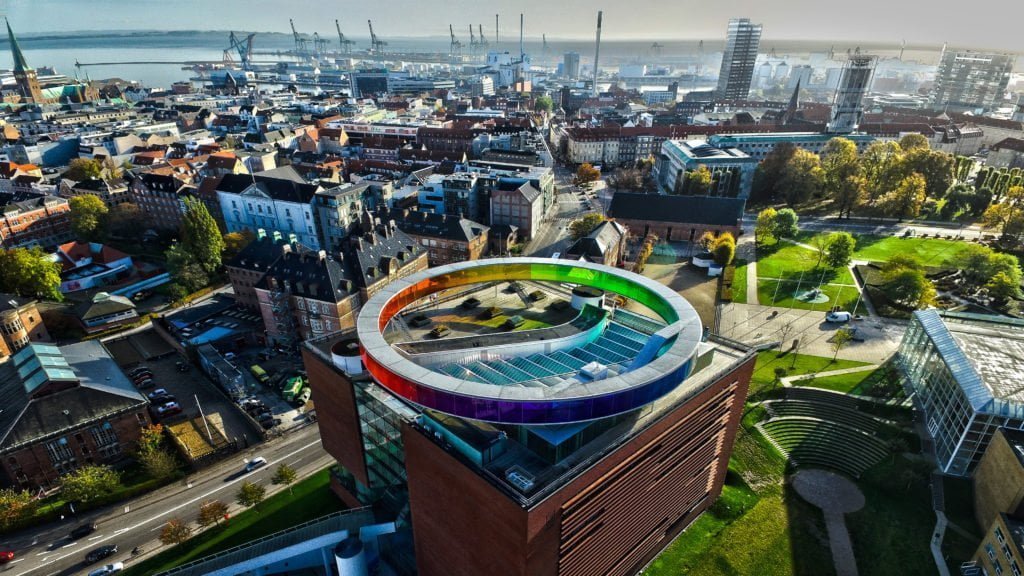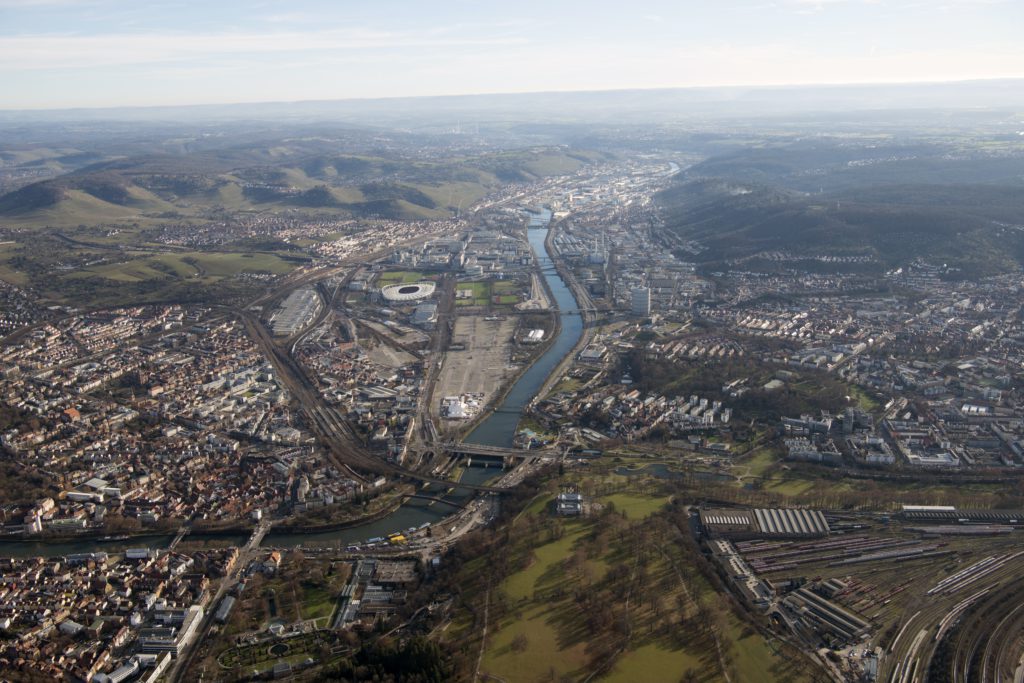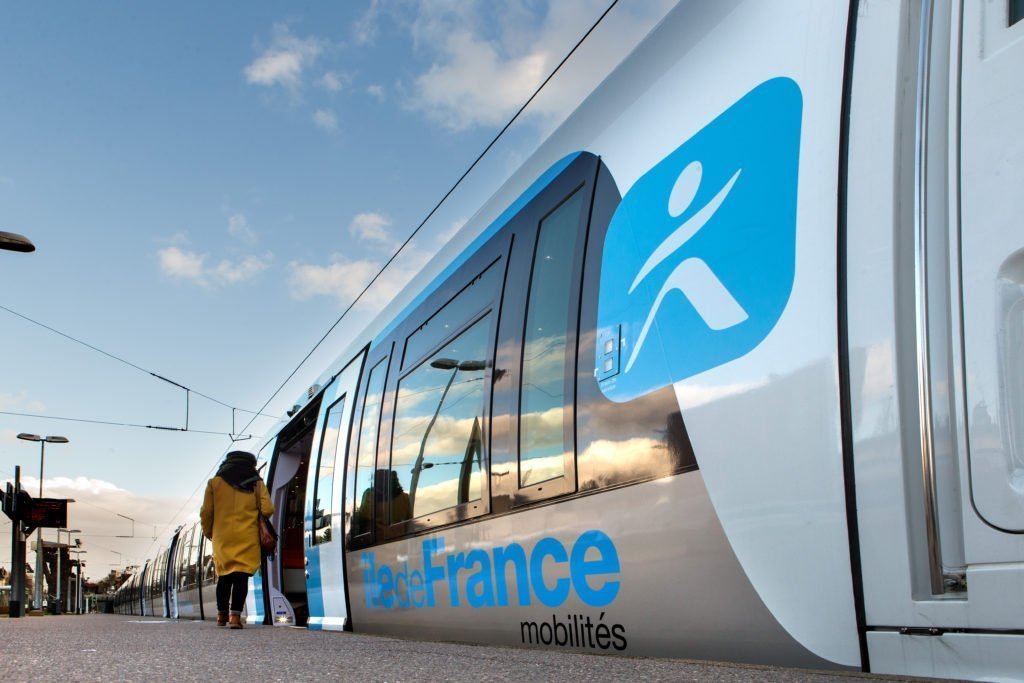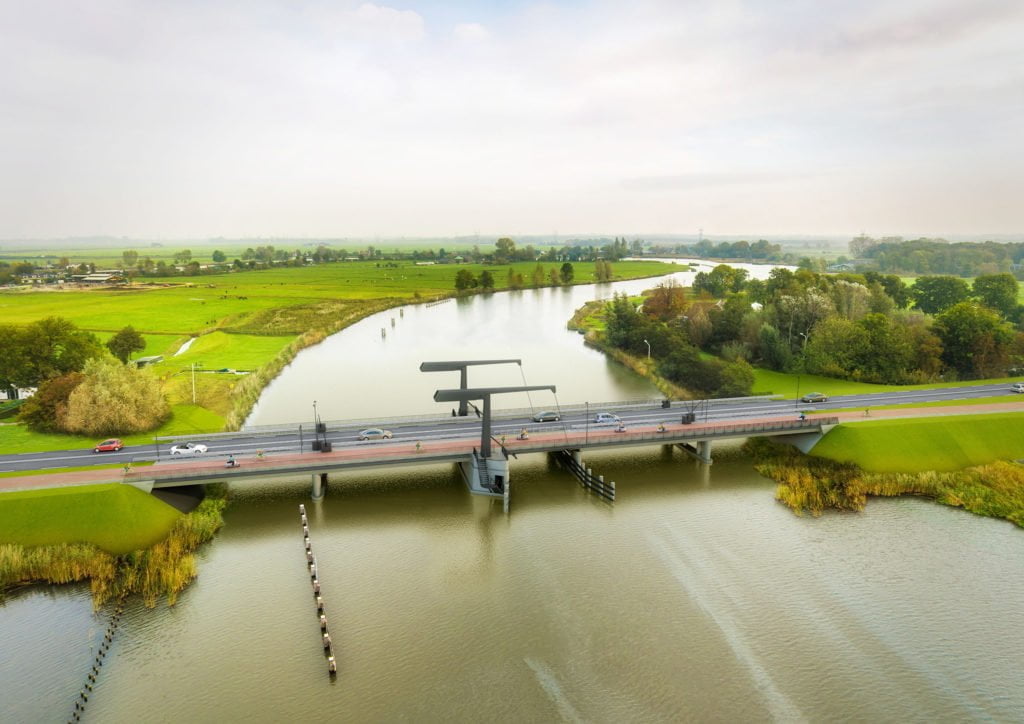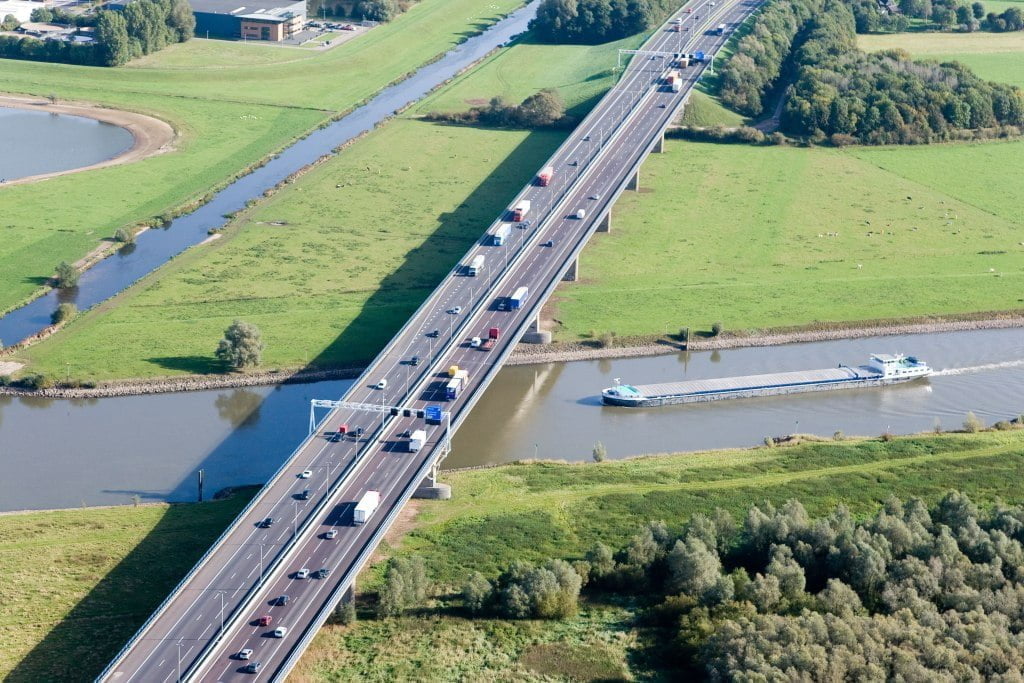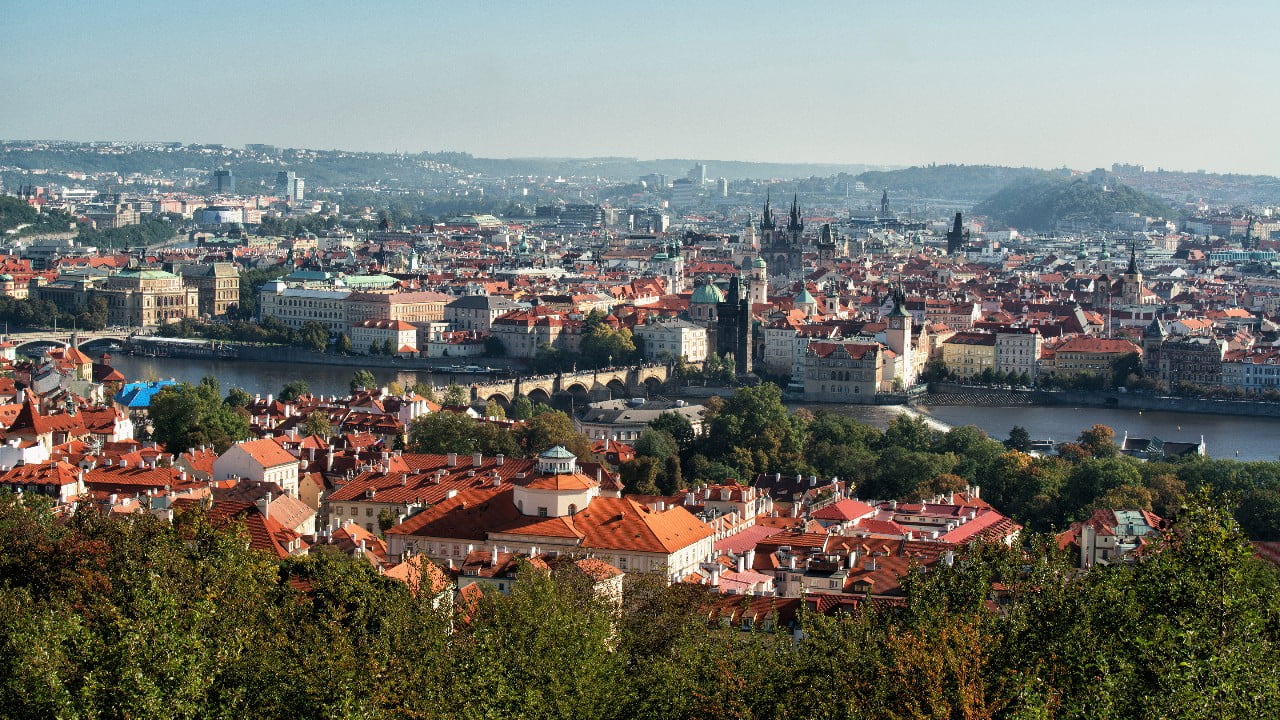POLIS publishes fourth edition of Cities in motion magazine
Published right on time for summer reading, the latest volume of POLIS’ Cities in motion magazine, titled ‘Pathways to Progress,’ explores the transformative power of holistic sustainable urban mobility solutions.
Now in its fourth edition, Cities in motion was first launched in the framework of the 2022 Annual POLIS Conference and has delighted a wide range of stakeholders with informative articles on the nexus of cities and transport ever since.
Produced entirely in-house, it contains articles and interviews on a wide array of urban mobility topics, from tackling the mobility needs of a mega-event like the 2024 Olympic and Paralympic games to safe micromobility, and everything in between.
Moving forward: holistic approaches to urban transport
In this edition, we delve into the future of urban mobility, showcasing innovative solutions that blend climate adaptation, cutting-edge tech, and vibrant community engagement. Discover how diverse voices are shaping transport planning, steering us towards safer, more sustainable, and efficient journeys for everyone.
Karen Vancluysen, POLIS Secretary General, said:
As we navigate the intricate pathways to progress for a more sustainable future, it becomes evident that the collective efforts of cities and regions across Europe and beyond are paving the way for a more connected and green world. Moreover, it is clear that the pursuit of sustainable urban mobility is not just about addressing present challenges but also about anticipating and adapting to future needs using a whole lot of empirical work and a pinch of bold creativity.
In 20 insightful articles and interviews, our contributors and staff shine a light on the various issues connecting sustainable urban mobility, community engagement, climate adaptation, and innovative governance, offering a comprehensive look at the future of transport.
We explore Île-de-France’s preparations for the 2024 Olympic and Paralympic games with an integrated transport approach, ensuring seamless and inclusive travel for millions of spectators. Elke Zimmer, Baden-Württemberg's Secretary of State for Transport, then underscores the significance of strategic parking solutions in promoting eco-friendly transport, improving road safety, and influencing mobility behaviour.
This edition also explores community engagement in urban planning through gamification. Projects like Block by Block and WohnRegion leverage video games like Minecraft to involve citizens in designing public spaces, while SuperBARRIO enables users to co-create mobility solutions. Cycling's growing role in sustainable urban mobility is highlighted through various initiatives, including Overijssel's integration of cycling with Intelligent Transport Systems and Amsterdam's commitment to low-carbon travel, spearheaded by Bicycle Mayor Romee Nicolai.
We then see how the SOLUTIONSplus project and the EIT Urban Mobility RAPTOR programme showcase e-mobility solutions and smart city technologies. Other innovative approaches include autonomous delivery vehicles in Helsinki and multimodal transport hubs in North Holland. Safety in micromobility is also explored, alongside Sustainable Urban Mobility Plans, with Czestochowa's SUMP demonstrating comprehensive urban planning's transformative potential.
Lastly, this issue spotlights topics we have rarely covered, including urban noise pollution, the link between climate adaptation and mobility justice, Aarhus Municipality's carpooling initiative to cut CO2 emissions, and regional programmes and funding allocations in the Apulia Region.
You can now read Cities in motion Volume IV: 'Pathways to Progress' in two formats:






